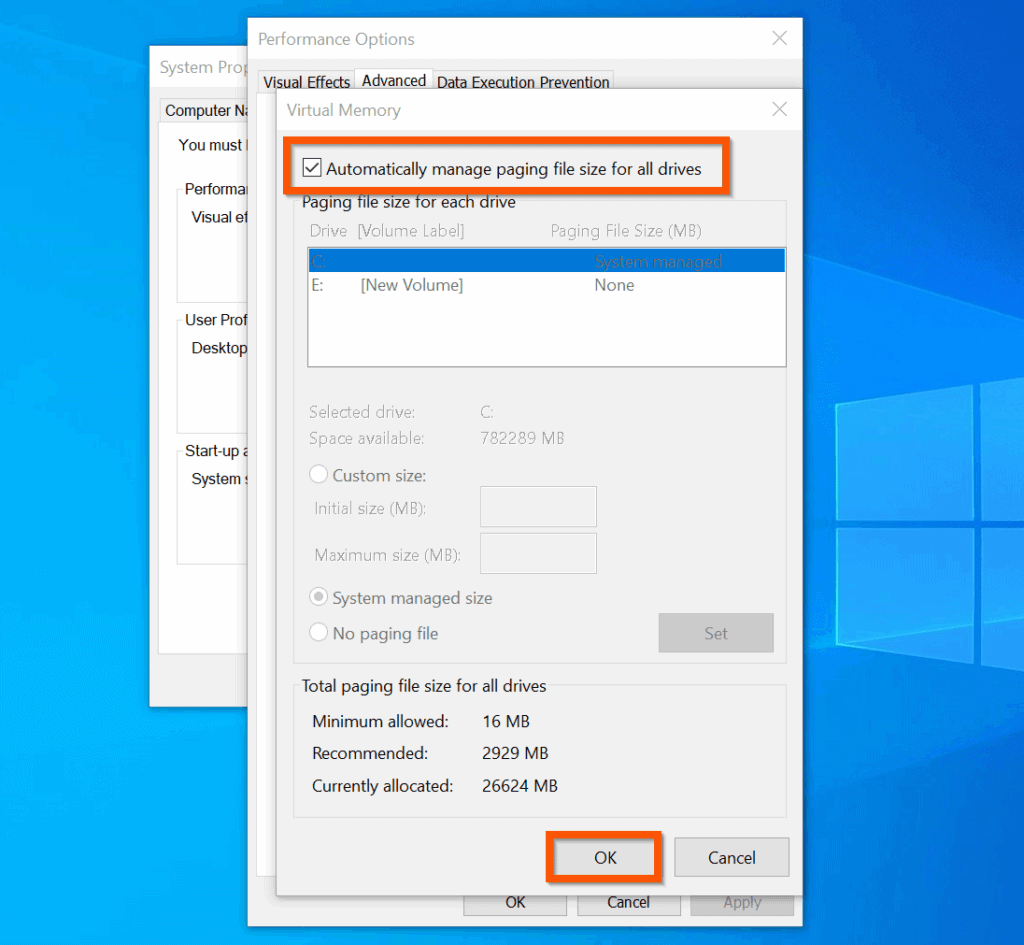
There have been discussions in the Microsoft Forum where users have revealed that making File Explorer open to This PC instead of Quick Access fixes the preview pane not working problem. If you are still having troubles with the preview pane, try the next solution. Now check whether you can preview files in the preview pane or not. Wait for the process to complete, and then close the command prompt window.In the command prompt window, enter the following command, then press Enter.Enter “cmd” here and then press Ctrl+Shift+Enter.Press Windows Key + R, and it will open up the Run dialog box.

If any corrupted files are detected, the utility fixes them. I puzzled over the nomenclature for a moment before realizing what TermoZour meant, and thought I'd post this to help others who might misunderstand.System File Checker or SFC is a built-in Windows utility that scans your computer for any corrupted or missing system files. I posted this mainly to clarify that the explorer.exe "folder" referenced above is in fact a subkey. I created a System Restore Point then used regedit to delete the explorer.exe subkey from HKEY_LOCAL_MACHINE\SOFTWARE\Microsoft\Windows NT\CurrentVersion\Image File Execution.options and haven't had the problem since then. Finding 'Windows Explorer' in Task Manager, right clicking and selecting 'Restart' would resolve the problem, but only for a little while. In my case, explorer.exe didn't stop running, but the task bar was no longer updated (clock was behind, notification icons out of date), I couldn't use alt-Tab to move between windows and holding the mouse cursor over icons in the status bar didn't display the associated window. My brand new PC running Windows 8.1 had a problem with Explorer.exe not responding, and it persisted after I upgraded to Windows 10.


 0 kommentar(er)
0 kommentar(er)
